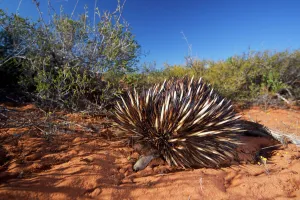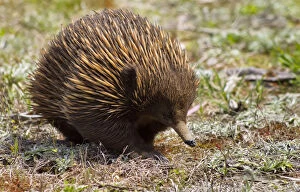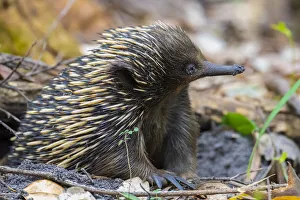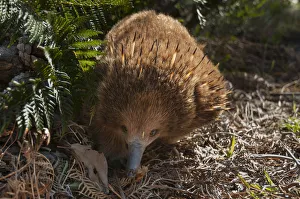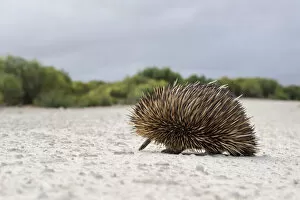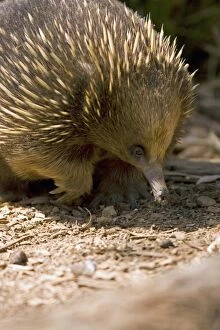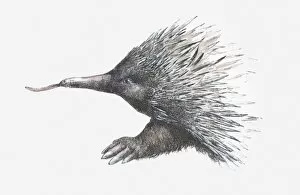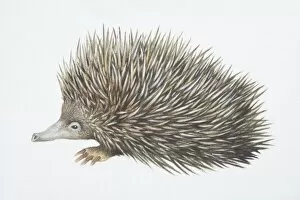Tachyglossidae Collection
The Tachyglossidae family, commonly known as the short-beaked echidna, is a fascinating creature found in various parts of Australia
All Professionally Made to Order for Quick Shipping
The Tachyglossidae family, commonly known as the short-beaked echidna, is a fascinating creature found in various parts of Australia. With its unique appearance and behavior, it captivates the attention of nature enthusiasts. In Francois Peron National Park, Shark Bay, a Short-beaked echidna gracefully traverses across a field. Its spiky exterior acts as armor against potential threats while it searches for food. Similarly, in Jervis Bay, New South Wales, another Short-beaked echidna emerges from its burrow with a muddy face after an adventurous journey. During November on Bruny Island in Tasmania, one can witness these intriguing creatures up close. Their presence adds to the natural beauty of this region. In Tasmania's wilderness, they showcase their digging skills as they create intricate burrows for shelter and protection. A wild Short-beaked echidna roams through scrublands tirelessly searching for sustenance. Its determination and resourcefulness are truly inspiring to behold. On Kangaroo Island resides the Kangaroo island echidna subspecies (Tachyglossus aculeatus multiaculeatus), which further highlights the diversity within this family. Foraging becomes an art form when observing these creatures in Dryandra Woodland located in Western Australia. They skillfully navigate through leaf litter to find hidden treasures beneath their feet. Echidnas also display their affinity for leaves by perching themselves upon them with grace and poise. With its distinctive features and side view showcasing its short nose (Tachyglossus aculeautus), this species stands out among others within the Tachyglossidae family. Whether camouflaged amidst undergrowth or exploring Victoria's lush landscapes, these Australian natives bring charm wherever they go. The Australian Echidna is not just another animal; it represents resilience and adaptability that have allowed it to thrive across diverse habitats.

